October 29, 2025
Data Shows Endangered Palau Ground Doves Swiftly Recovering After Successful Palauan Island Conservation Effort
Astounding evidence of recovery on Ulong Island in Palau after just one year!
Published on
March 1, 2020
Written by
Island Conservation
Photo credit
Island Conservation

The 2010s were considered the UN Decade on Biodiversity, a time dedicated to pursuing global biodiversity conservation measures to address the world’s leading crises. While the global conservation community has made dramatic advances in this area, the work is not yet done. In October 2020 at the 15th meeting of the Conference of the Parties (COP 15) to the Convention on Biological Diversity, the United Nations will make final determinations on the Post-2020 Global Biodiversity Framework. Following the success of the Decade of Biodiversity, this new agreement will set the stage for global conservation action and make progress towards the UN Sustainable Development Goals.
In January of this year, the Zero Draft of the framework was released and at the end of February, conservationists and policymakers gathered in Rome for the second open-ended working group. Representatives from all over the world came together to discuss the draft Post-2020 Global Biodiversity Framework and the proposals that have been laid out so far.
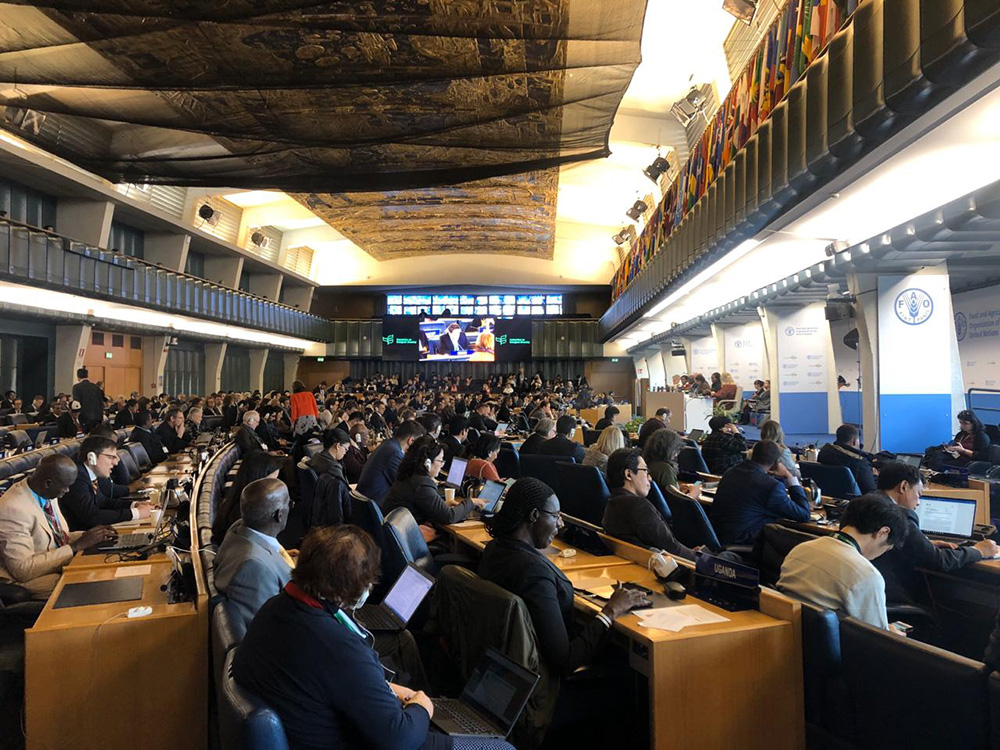
The framework outlines ten long-term goals for 2050 that align with the 2050 Vision for Biodiversity. Each goal also has a defined 2030 outcome intended as a benchmark for progress. Goal B aims to curb the extinction crisis by increasing the abundance of species:
The percentage of species threatened with extinction is reduced by [X%] and the abundance of species has increased on average by [X%] by 2030 and by [X%] by 2050.”
To reduce the threat to global biodiversity, the framework also has 20 action-oriented targets to accomplish these goals. As one of the greatest threats to global biodiversity, invasive species management is specifically featured in Target 3:
Control all pathways for the introduction of invasive alien species, achieving by 2030 a [50%] reduction in the rate of new introductions, and eradicate or control invasive alien species to eliminate or reduce their impacts by 2030 in at least [50%] of priority sites.”
Carolina Torres Trueba, Island Conservation’s Legal and Administrative Specialist for the Galapagos attended the working group and submitted an intervention to address the importance of invasive species removal as a conservation tool. She encouraged the use of additional resources for invasive species removal and emphasized its significance as a biodiversity conservation tool on islands which benefits island communities and threatened wildlife.
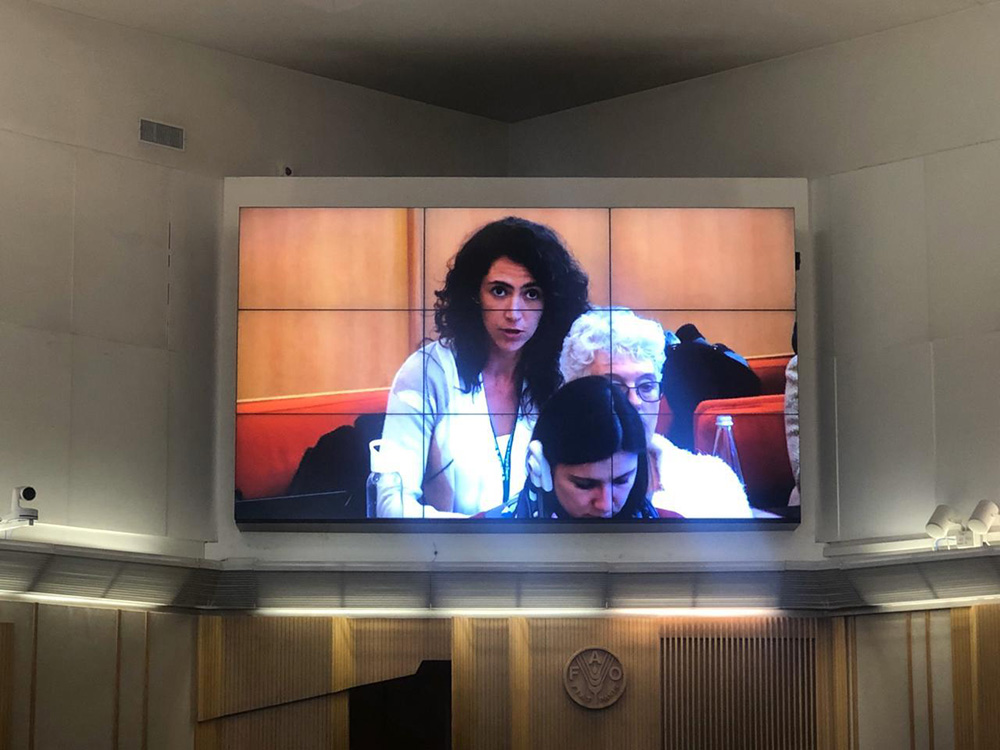
Thank you, Chair. I am Carolina Torres Trueba representing Island Conservation, a global conservation NGO whose sole mission is to prevent extinctions by removing invasive alien species from islands.
While islands compromise about 5% of Earth’s land surface, these communities and special places represent a disproportionately large conservation imperative including 41% of our world’s Critically Endangered and Endangered Species live on islands.
We are grateful for the parties’ addressing the crucial problem of invasive alien species control, eradication, and biosecurity in the Zero Draft. Goal B and Target 3 set a high level of ambition for invasive species management, but ambition alone is not enough.
Our experience shows that we can successfully remove invasive species, preventing extinctions and restoring ecosystems. Thousands of examples of successful island invasive species eradications have protected as many threatened and endemic species, making our work very evident and overall, giving all of us hope. But experience also shows that current tools are not enough to achieve the ambitions set out in goal B target 3. We will need more resources to be dedicated to the fight against invasive species, and we will need new tools so that we can collectively increase the scale, scope, and pace of island invasive species eradications and control to prevent extinctions.
We urge the parties to prioritize and fund invasive species control, eradication, and biosecurity, proportionate to the conservation and sustainable development opportunities’ that islands represent; as well as to allocate resources to foster novel tools and scientific knowledge to address this clear threat to biodiversity loss.
Thank you Chair.
Check out other journal entries we think you might be interested in.

October 29, 2025
Astounding evidence of recovery on Ulong Island in Palau after just one year!
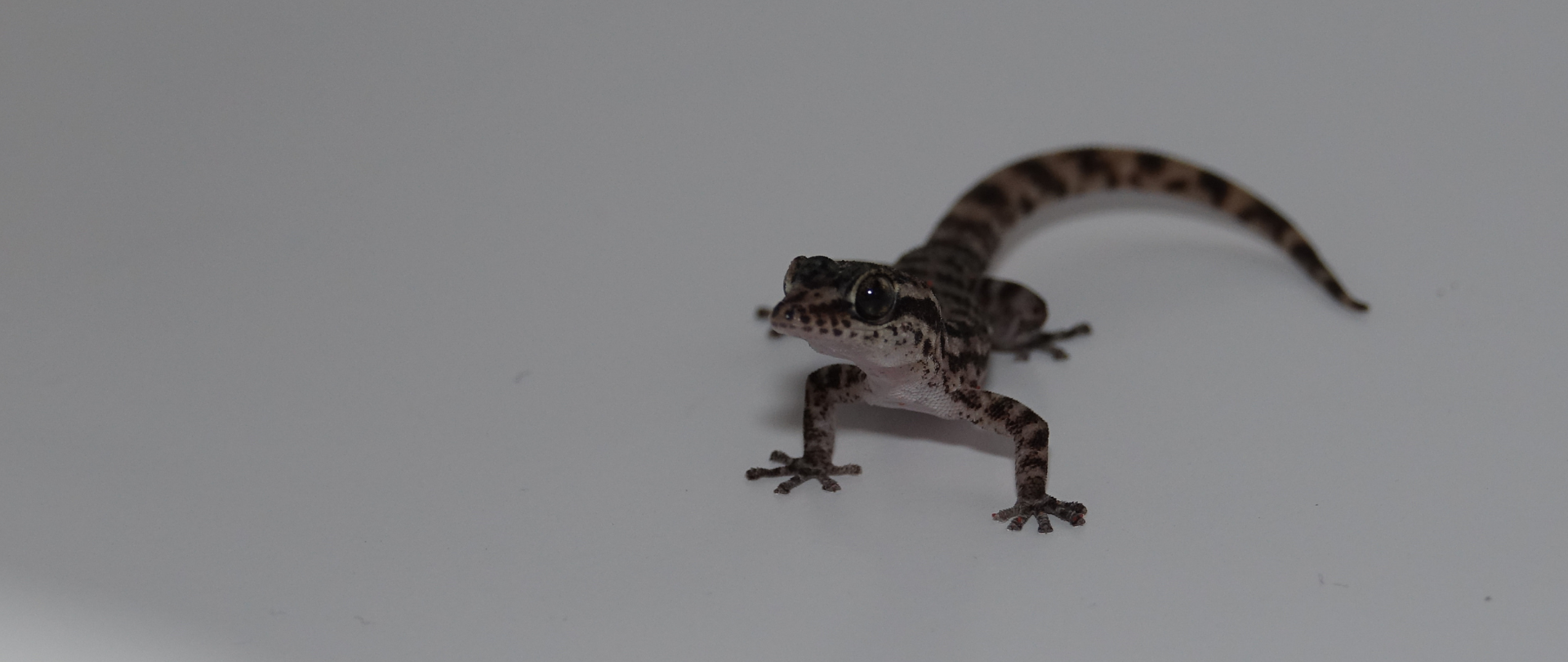
July 22, 2025
A species once thought extinct just made its comeback. A study published in PLOS ONE confirms the Leaf-toed Gecko has been rediscovered on Rábida Island in the Galápagos.
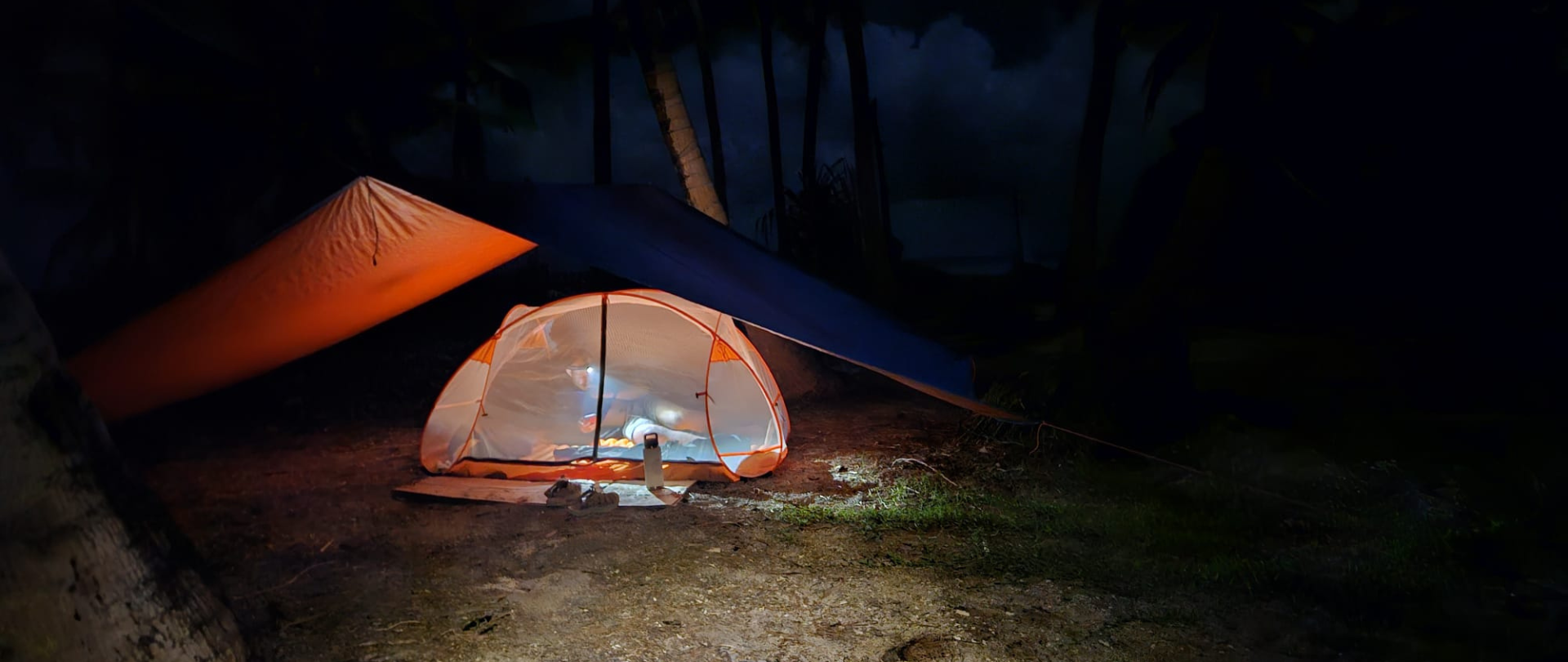
July 17, 2025
Great news from Tuvalu--our projects to restore Nukufetau Atoll, Tepuka, and Falefatu were successful!

June 17, 2025
Two new islands join the Island-Ocean Connection Challenge, linking terrestrial and marine conservation for maximum impact!
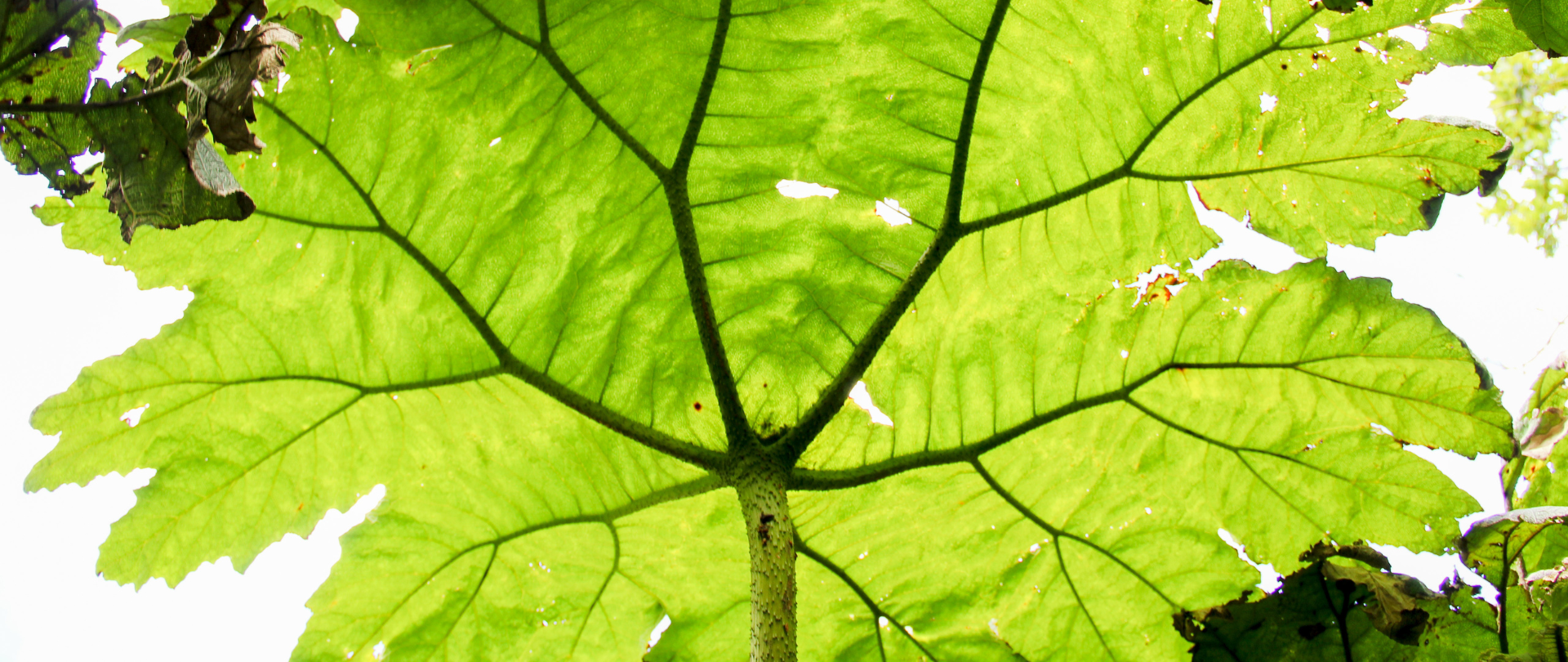
June 13, 2025
Our partner Conservation X Labs has joined the IOCC, committing to deploying transformative technology to protect island ecosystems!
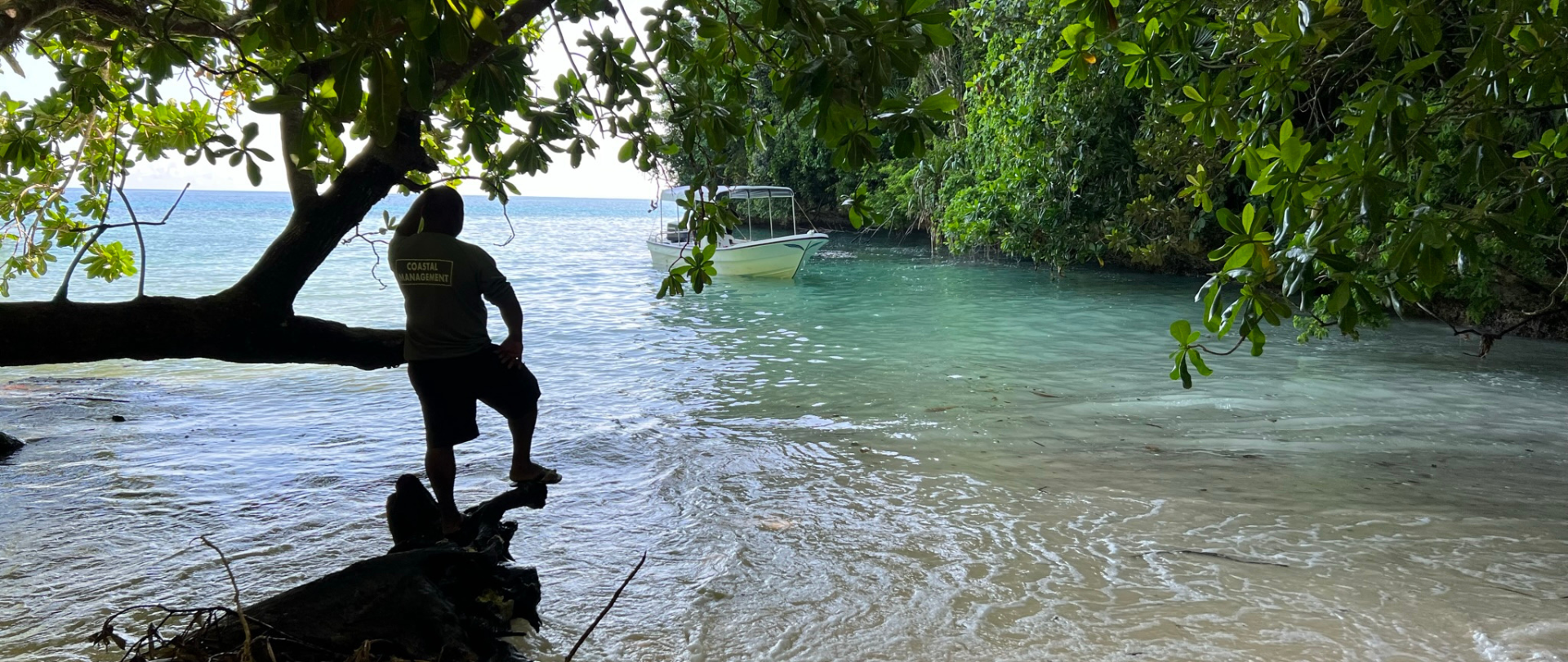
May 19, 2025
Read our position paper on The 3rd United Nations Ocean Conference (UNOC 3) to see why we're attending and what we aim to accomplish!
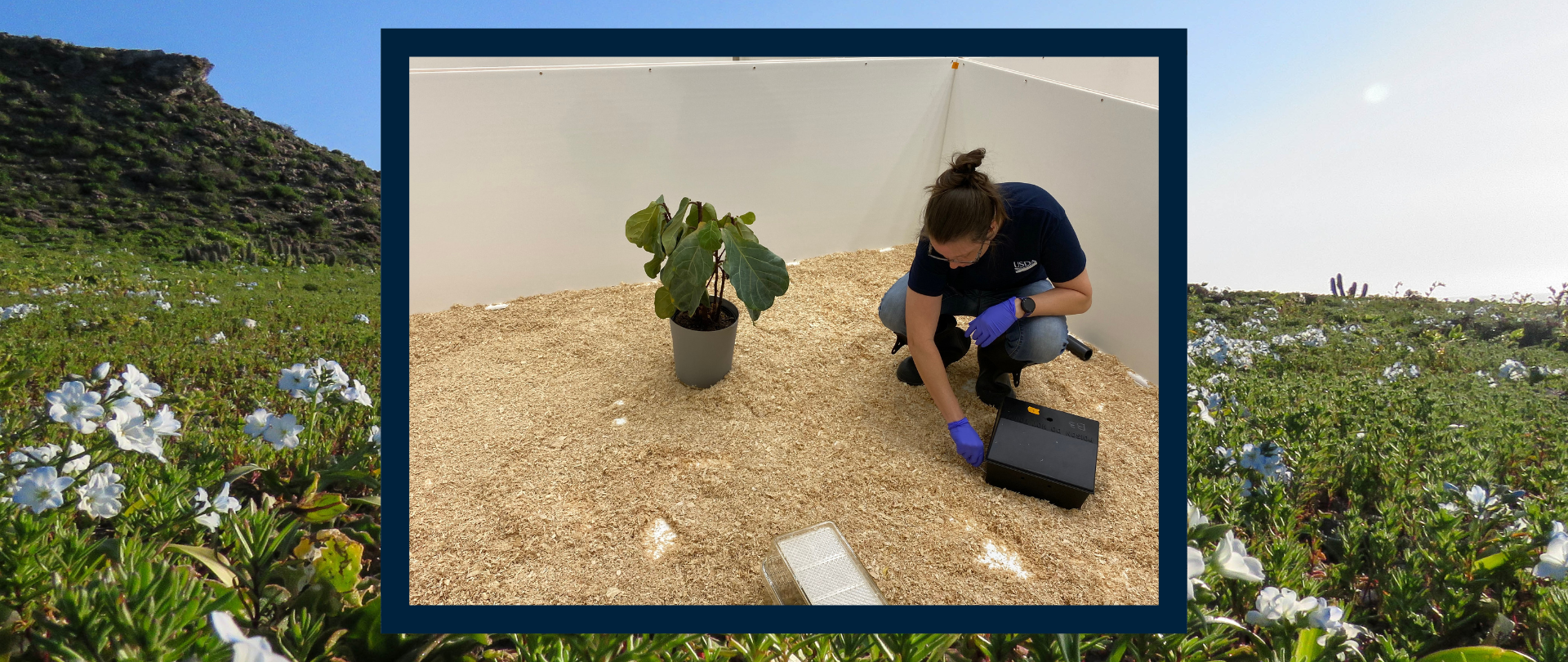
March 11, 2025
New environmental DNA technology can help protect vulnerable island ecosystems from destructive invasive species.
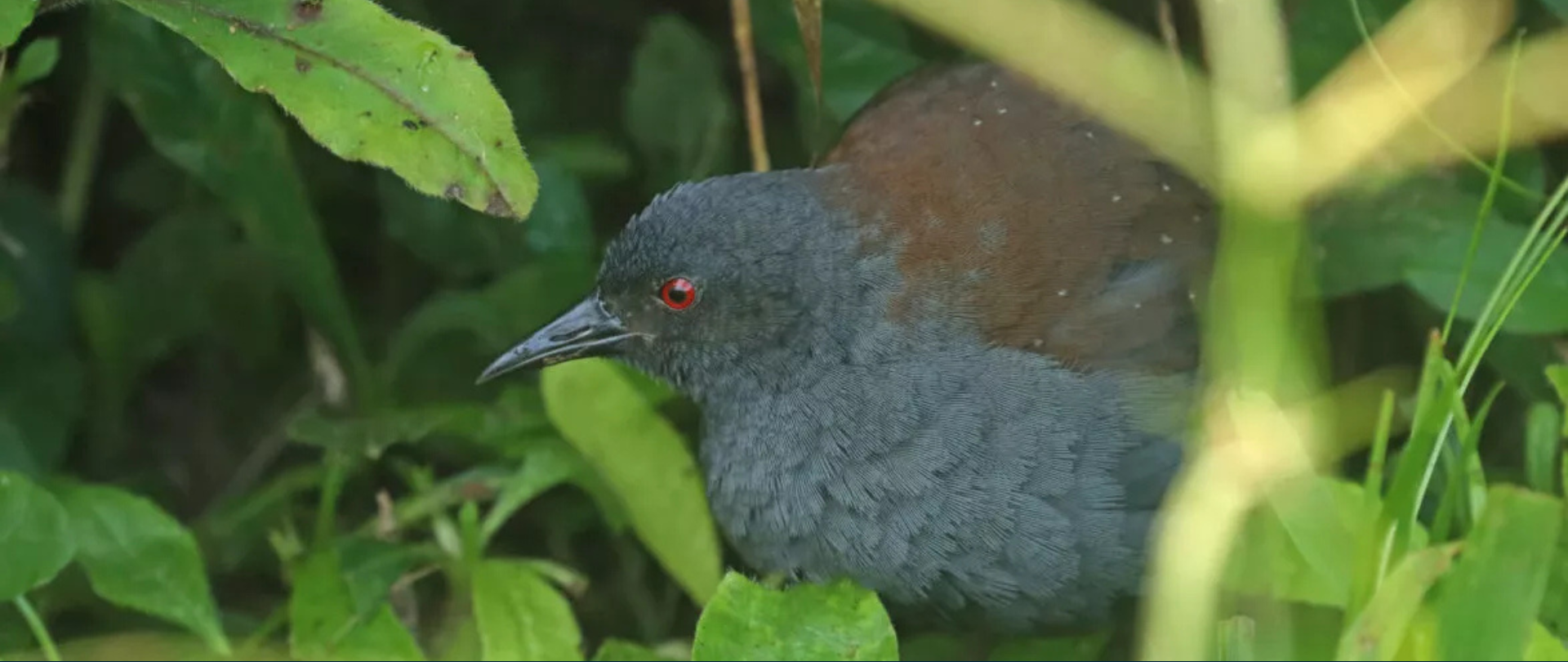
February 27, 2025
A locally-extinct species of ground-dwelling bird was found on Floreana Island!
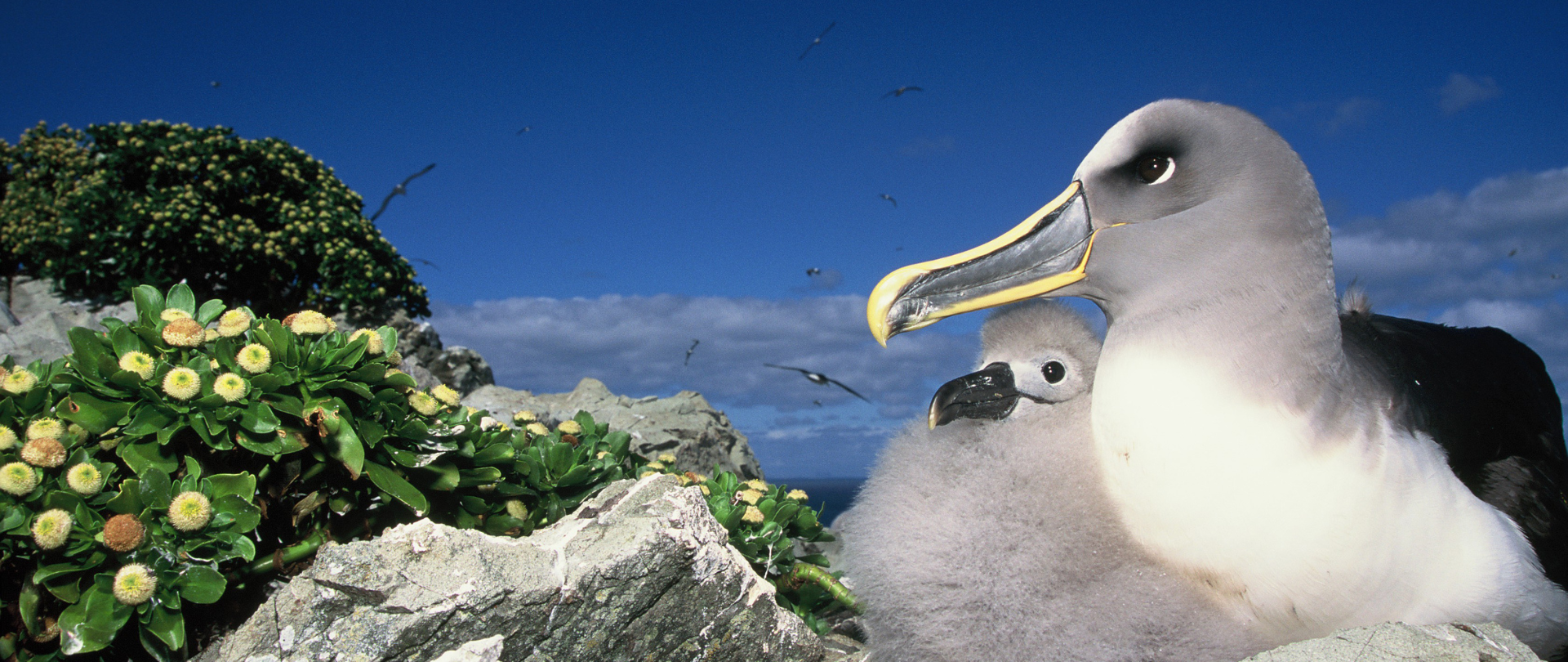
February 20, 2025
February 20, 2025, Bluff, New Zealand – The international conservation initiative, Island-Ocean Connection Challenge (IOCC), led by Island Conservation, Re:wild, and UC San Diego’s Scripps Institution of Oceanography, proudly welcomes three of New Zealand’s most ecologically rich islands into its…